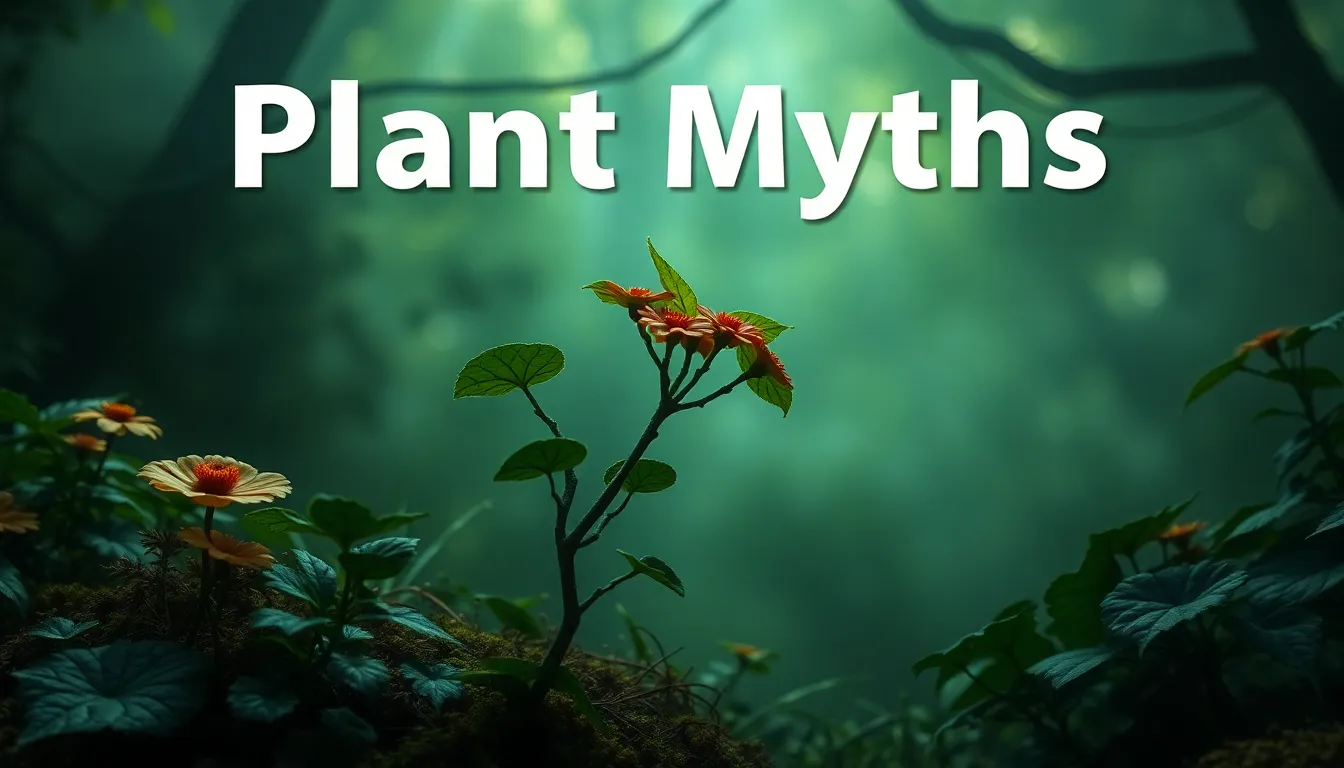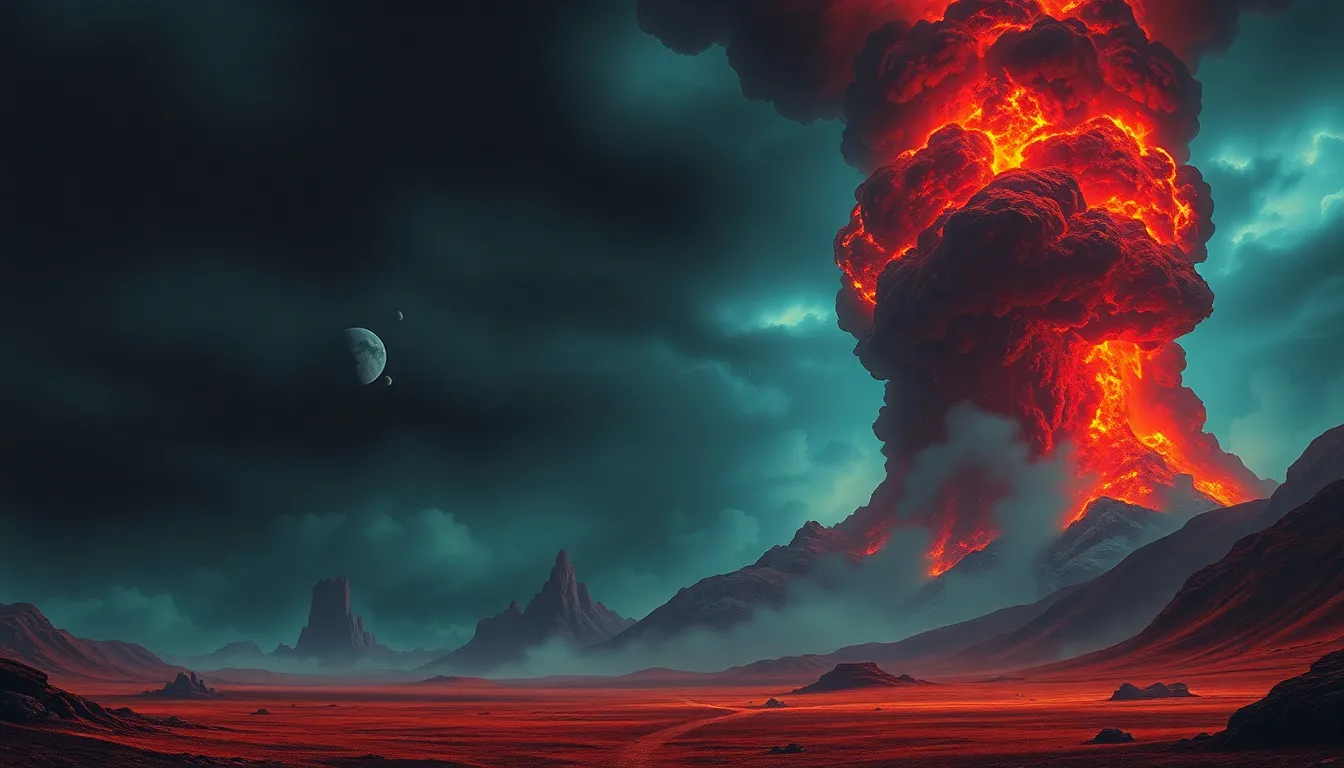Slavic Mythology: Guardians of the Natural World
Introduction
Slavic mythology is abundant with supernatural beings that guard and govern the natural world, each with its unique powers and responsibilities. These guardians, deeply revered in Slavic folklore, play a pivotal role in maintaining harmony and balance within the realm of nature. From the protector of the hearth to the lord of waters, these deities and spirits personify the sacredness and power of the natural world, embodying the beliefs and traditions of the Slavic people.
II. The Domovoi: Protector of the Hearth
The Domovoi, a benevolent spirit, is the guardian of the household and hearth, ensuring the well-being and prosperity of the family within. Depicted as a small, shaggy creature with a long beard, the Domovoi is believed to reside in the attic or basement of the house. He brings good fortune to the family, protects them from harm, and punishes those who disrespect the household. Offerings of food and drink are made to the Domovoi to maintain his favor and ensure the continued protection of the home.
VI. The Polevik: Guardian of Fields
The Polevik is the guardian of the fields, ensuring bountiful harvests and the fertility of the land. Appearing as a small, shaggy creature with a green beard, he is said to dwell within the crops and wildflowers. The Polevik is known for his mischievous nature, often playing tricks on passersby, but he also brings good fortune to those who respect the fields and offer him gifts of food and drink.
VII. The Perun: God of Thunder and Rain
Perun, the mightiest of the Slavic gods, is the ruler of thunder, lightning, and rain. He is depicted as a powerful warrior with a golden mustache and a fiery beard, riding a chariot across the heavens. Perun is celebrated as the protector of justice and the bringer of life-giving rain, but he is also feared for his destructive power when angered. Offerings of weapons and animals were made to Perun to appease his wrath and ensure his favor.
VIII. The Yaga-Baba: Witch of the Woods
Yaga-Baba is a enigmatic and fearsome figure in Slavic mythology, often associated with witchcraft and the underworld. She is depicted as an old, decrepit woman with a hooked nose and sharp teeth, who lives in a hut that stands on chicken legs. Yaga-Baba is known for her magical powers, which she uses both for good and evil, and she is often sought out by those seeking knowledge or guidance.
IX. The Zorya: Goddesses of Dawn and Dusk
The Zorya are three sisters who represent the celestial bodies of dawn, dusk, and the evening star. They are depicted as beautiful young women with golden hair and flowing garments, who sing enchanting songs as they traverse the heavens. The Zorya are believed to open and close the gates of the underworld, and they are invoked in rituals to protect against evil spirits and bring good luck.
X. Conclusion
The guardians of the natural world in Slavic mythology are diverse and powerful beings, embodying the sacredness and interconnectedness of all things. From the humble Domovoi to the mighty Perun, these deities and spirits play a vital role in maintaining harmony and balance within the realm of nature. Their stories and traditions have been passed down through generations, woven into the very fabric of Slavic culture and reminding us of the profound connection between humanity and the natural world.
FAQ
• What is the most important role of the Domovoi?
To protect the household and hearth.
• Which Slavic god is known as the ruler of thunder and rain?
Perun.
• Who is the enigmatic and fearsome figure associated with witchcraft in Slavic mythology?
Yaga-Baba.
• What are the names of the three Zorya sisters?
Dawn, Dusk, and Evening Star.
• What is the significance of offerings made to the guardians of nature in Slavic mythology?
To appease their wrath and ensure their favor.



